Hawai'i Island Volcano
Pele the Volcano Goddess
Kilauea Lighthouse (Kauai)
Diamond Head,
Mokulua Islands,
Waipi'o Valley
Pele the Volcano Goddess
Kilauea Lighthouse (Kauai)
Diamond Head,
Mokulua Islands,
Waipi'o Valley
Scenic Places
Historic Hawai'i Landmarks.
Historic Hawai'i Landmarks.
~~~~~~~
Mokulua Islands, O'ahu
Nā Mokulua (meaning, in Hawaiian, "the two islands") are two islets off the windward coast of O'ahu in the Hawaiian Islands. They are also commonly known as "The Moks" or the "Twin Islands". The Mokulua Islands are comprised of Moku Nui (North Mokolua) and Moku Iki (South Mokolua).
The islets are located a short distance off Lanikai, a neighborhood of Kailua Hawai'i and are often photographed. The larger island is Moku Nui and the smaller, Moku Iki. The two islands are very popular to local seafaring persons who have access to a motorboat or kayak. One of the islands contains a "canyon" and a black sand beach.
The islets are located a short distance off Lanikai, a neighborhood of Kailua Hawai'i and are often photographed. The larger island is Moku Nui and the smaller, Moku Iki. The two islands are very popular to local seafaring persons who have access to a motorboat or kayak. One of the islands contains a "canyon" and a black sand beach.
These famous islands are the gems of Kailua Bay, located on the eastern or Windward side of Oahu. They are almost always pictured in articles extolling the beauty of nearby Lanikai Beach and Kailua Beach, winners of many "Best Beaches" awards. About ½ an hour from Waikiki, this is a fantastic day trip for viewing nature and experiencing some of the laid back Hawaii lifestyle.
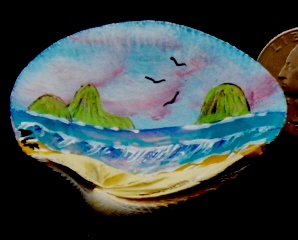
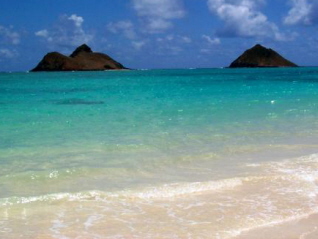

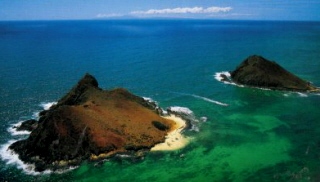
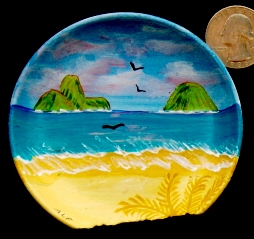
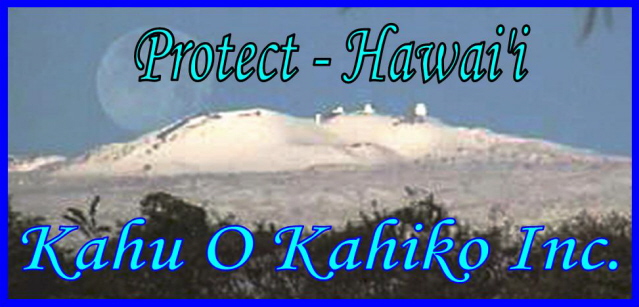
Both islands are state seabird sanctuaries, and the public is only allowed access to Moku Nui during daylight hours. For the directionally challenged like me, Moku Nui is the larger double humped island on the left when viewed from Lanikai. Moku Nui can be reached easily by kayak or boat, and some hardy souls may even paddleboard or swim.
The landing beach on Moku Nui is small but very pleasant. Don't be surprised if you have the whole beach to yourself before 10:30 or 11. Spend some time lounging on the beach enjoying the view of the bay and jealously covet the Lanikai beach homes. If the waves are calm and the tide is not too high, you can walk around the back of the island to a wonderful sea pool.
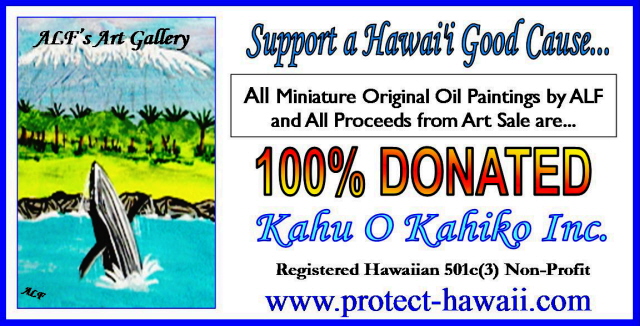
Kahu O Kahiko Inc. a non-profit organization was founded in 1996. Its purpose is to collect, preserve, and protect Hawaiian historical information. Our intent is to share the knowledge and educate others interested in the future of Hawai'i. We work in the preservation of Hawaiian cultural traditions; by saving sacred landmarks from foreign desecration by promoting, restoring, and protecting the fragile ecosystem of the islands, while also endorsing healthy food, eco-friendly affordable living and life style habits.